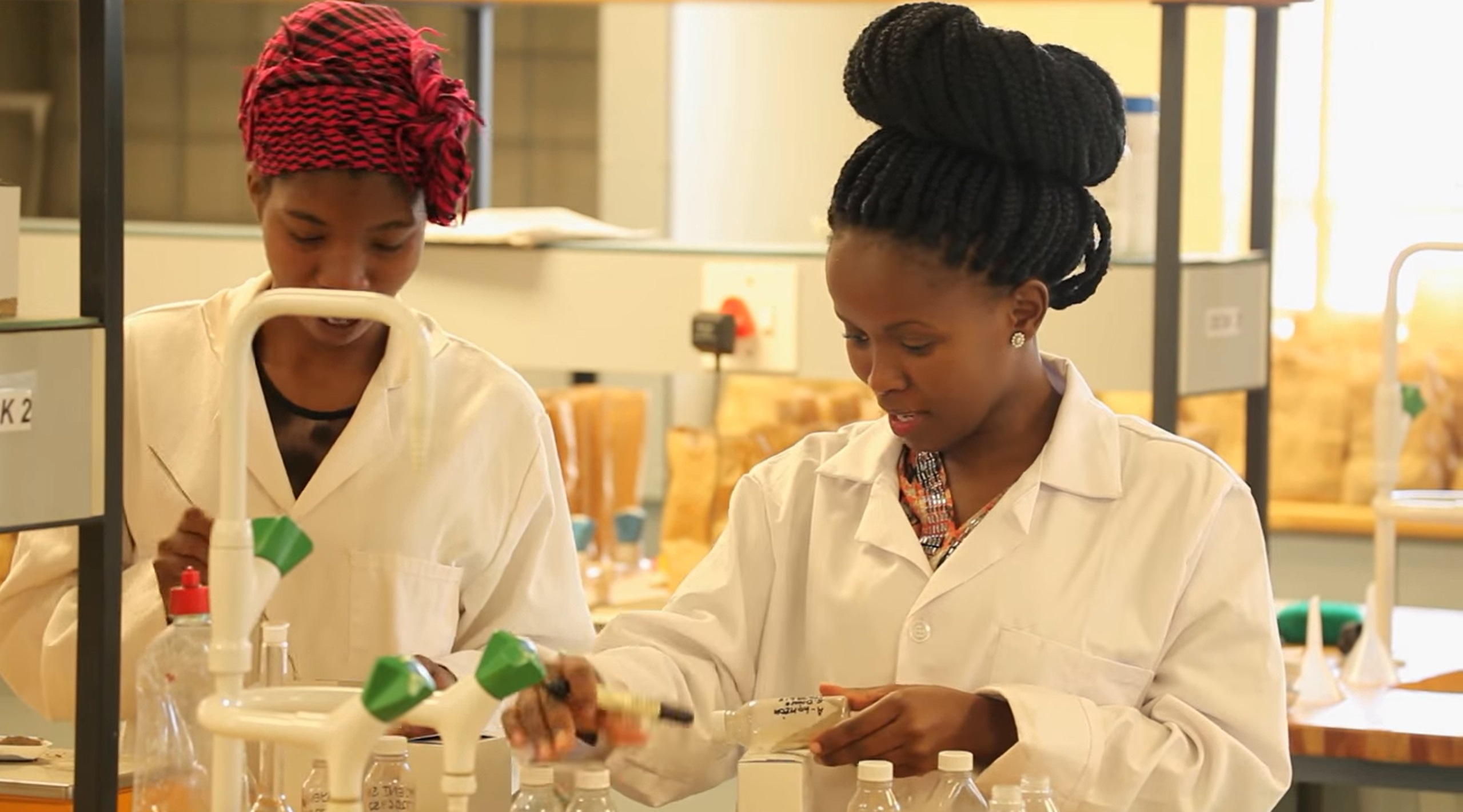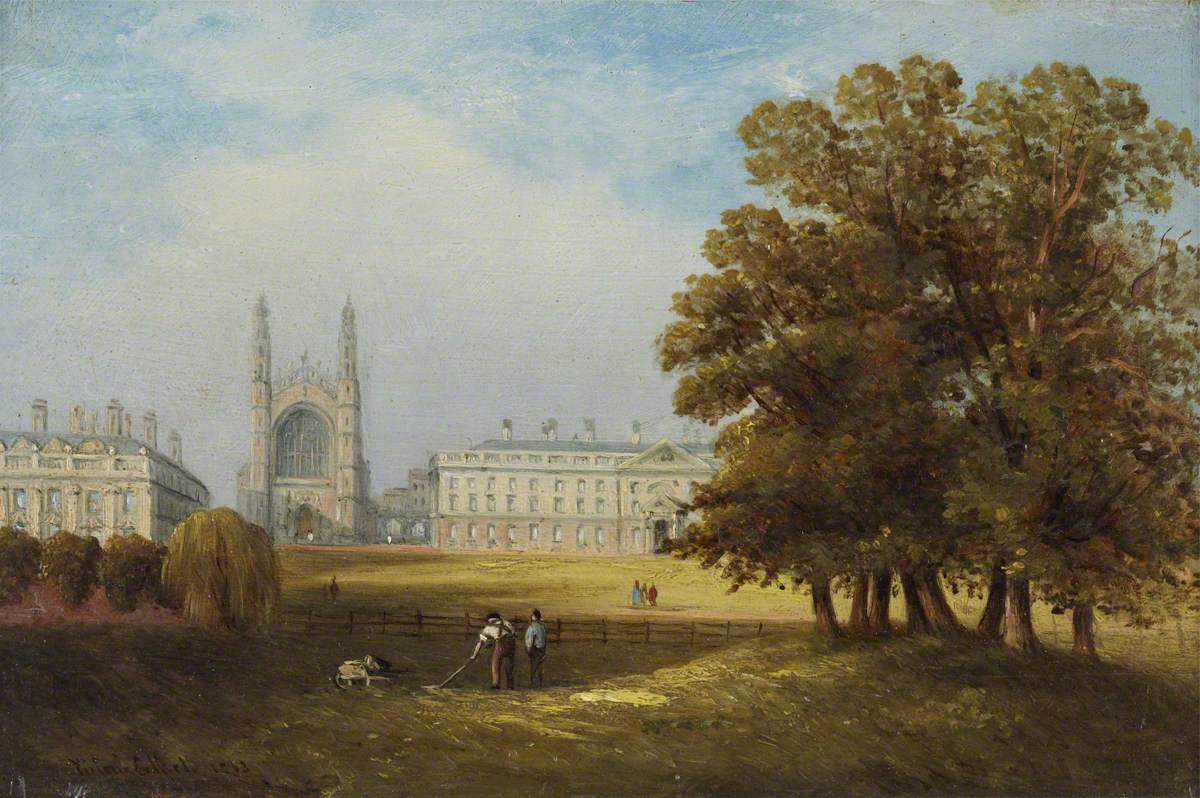The Vernor’s Story
- Home Page 113

Hot Cross Buns
Hot Cross Buns | Nursery Rhymes | Super Simple Songs
Hot cross buns (Library of Congress) are a traditional Easter treat dating back centuries, symbolizing both the end of Lent and the crucifixion of Jesus. These spiced sweet buns, often containing raisins or currants and marked with a cross on top, are typically eaten on Good Friday.
The cross represents the crucifixion, while the spices symbolize the spices used to embalm Jesus. Sharing hot cross buns fosters community and reflects on the religious significance of Easter, marking a solemn yet celebratory time in Christian tradition.

Link to Dining Services specialty at the Mean Greens Cafe at Maple Street Hall and recipes in other education settlement traditions.
Institute of Culinary Education: Hot Cross Buns
Weston College: Perfect Hot Cross Bun Recipe
Algonquin College: A Sweet Easter Tradition
Mary Berry’s luxurious Hot Cross Buns recipe@BBChttps://t.co/FgB3bxZvmm pic.twitter.com/cozVvzblGh
— Standards Michigan (@StandardsMich) April 7, 2023
An Open-Source Tool-Box for Asset Management Based on the Asset Condition for the Power System
This content is accessible to paid subscribers. To view it please enter your password below or send mike@standardsmichigan.com a request for subscription details.
“Big Ole” Renewable Energy Incentives
This content is accessible to paid subscribers. To view it please enter your password below or send mike@standardsmichigan.com a request for subscription details.
The Dumbest Members of Congress
This content is accessible to paid subscribers. To view it please enter your password below or send mike@standardsmichigan.com a request for subscription details.
Colomba di Pasqua
This content is accessible to paid subscribers. To view it please enter your password below or send mike@standardsmichigan.com a request for subscription details.
Paska Bread
This content is accessible to paid subscribers. To view it please enter your password below or send mike@standardsmichigan.com a request for subscription details.
Spring Week 16 | 14 April – 20 April
Monday| 14 April | Colloquium 15:00 UTC
Tuesday | 15 April | Colloquium 15:00 UTC
Wednesday | 16 April | Colloquium 15:00 UTC
Thursday | 17 April | Colloquium 15:00 UTC
Friday | 18 April | Colloquium 15:00 UTC
Saturday | 19 April
Sunday| 20 April
“Thine Be the Glory”
“Thine Be the Glory” (originally “À toi la gloire” in French) is a Christian hymn written by Swiss pastor and hymnwriter Edmond Louis Budry in 1884. The hymn was composed to celebrate the Resurrection of Jesus Christ, making it particularly associated with Easter. Budry, a minister in the Reformed Church of Vevey, Switzerland, wrote the text in French, inspired by the triumphant and victorious nature of Christ’s resurrection.
The tune commonly used for the hymn is adapted from a piece in George Frideric Handel’s oratorio Judas Maccabaeus (1747), specifically the chorus “See, the Conqu’ring Hero Comes.” This lively and majestic melody was arranged for the hymn by 1885, when the text and tune were first published together in the Swiss hymnal L’Organiste. The English translation, which begins “Thine be the glory, risen, conqu’ring Son,” was made by Richard Birch Hoyle in 1923, enabling the hymn to gain widespread popularity in English-speaking congregations.
The hymn’s text draws heavily on biblical themes, particularly from the New Testament accounts of the Resurrection (e.g., Matthew 28, 1 Corinthians 15). It emphasizes Christ’s victory over death, the hope of eternal life, and the call for believers to offer praise and glory to God.
Thine be the glory, risen, conquering Son;
endless is the victory, thou o’er death hast won;
angels in bright raiment rolled the stone away,
kept the folded grave clothes where thy body lay.
Refrain:
Thine be the glory, risen conquering Son,
Endless is the vict’ry, thou o’er death hast won.
Lo! Jesus meets us, risen from the tomb;
Lovingly he greets us, scatters fear and gloom;
let the Church with gladness, hymns of triumph sing;
for her Lord now liveth, death hath lost its sting.
No more we doubt thee, glorious Prince of life;
life is naught without thee; aid us in our strife;
make us more than conquerors, through thy deathless love:
bring us safe through Jordan to thy home above.
Power Outlet Wiring
Today at 15:00 UTC we review the very considerable work we have undertaken for the better part of thirty years on NFPA and IEEE best practice literature that governs the safety of proximate electrical energy devices. Use the login credentials at the upper right of our home page.
The primary differences between United States and European electric receptacles stem from voltage, frequency, plug design, and standards. In the U.S., the standard voltage is 120 volts, operating at a frequency of 60 Hz. European countries typically use 230 volts at 50 Hz. This voltage disparity means devices designed for one system may not function properly—or safely—in the other without adapters or converters.
Plug design also varies significantly. U.S. receptacles use Type A or B plugs, featuring two flat pins (Type A) or two flat pins plus a round grounding pin (Type B). European receptacles commonly use Type C, E, or F plugs under the CEE 7 standard. Type C has two round pins, while Type E and F include grounding pins—E with a pin protruding from the socket, and F with side grounding clips. These physical differences make plugs incompatible between regions without adapters.
Wiring and safety standards further distinguish the systems. U.S. outlets follow the National Electrical Code (NEC), while Europe adheres to the International Electrotechnical Commission (IEC) standards. Grounding and polarization requirements also differ, reflecting regional engineering practices. Ultimately, these distinctions ensure safety and efficiency but complicate international device compatibility.
Copper can’t be mined fast enough to electrify the United States
New update alert! The 2022 update to the Trademark Assignment Dataset is now available online. Find 1.29 million trademark assignments, involving 2.28 million unique trademark properties issued by the USPTO between March 1952 and January 2023: https://t.co/njrDAbSpwB pic.twitter.com/GkAXrHoQ9T
— USPTO (@uspto) July 13, 2023
Standards Michigan Group, LLC
2723 South State Street | Suite 150
Ann Arbor, MI 48104 USA
888-746-3670















